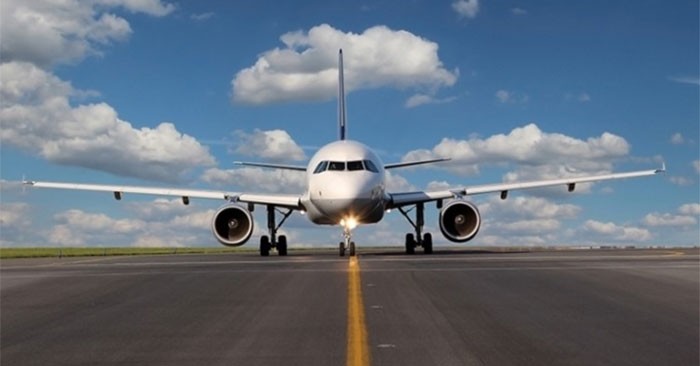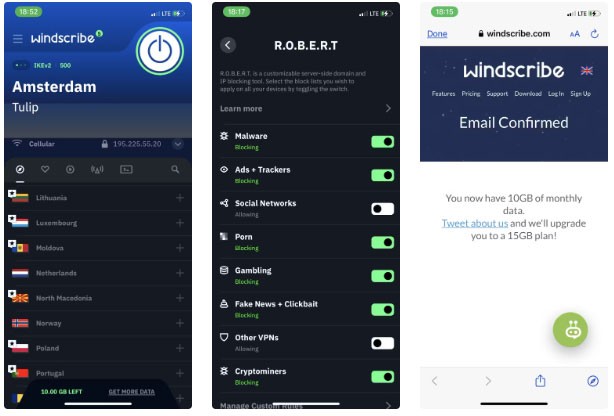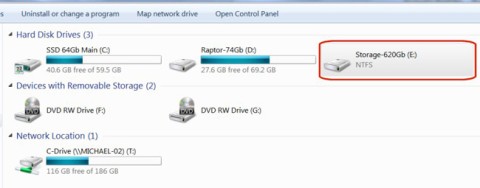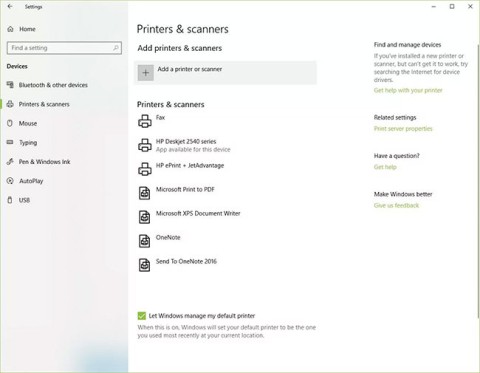The most commonly deficient nutrients in the diet

Diet is important to our health. Yet most of our meals are lacking in these six important nutrients.
There are no speed limits at airports because pilots decide how fast the plane can run down the runway based on airline procedures and weather conditions.
But typically, airlines only allow pilots to fly planes on straight, clear runways at a maximum speed of 55.5 km/h. At this speed, pilots can slow down relatively quickly when braking suddenly.

Additionally, the airline’s Flight Operations Quality Assurance (FOQA) program will monitor the aircraft’s runway speed. If the program detects that the pilot is exceeding the airline’s limit for more than a few seconds for any reason, it will notify safety. As a result, the pilot may be able to taxi the aircraft slightly longer than the maximum allowed speed.
Another reason pilots keep their aircraft’s runway speed below 35 mph is to keep the brakes cool. This is especially important in summer for aircraft after landing. The brakes absorb a lot of the extra momentum during landing and convert it into heat. The brakes get hotter with more use. They need to cool down to a minimum for takeoff, and if the aircraft needs to turn quickly and the outside temperature is high, this can delay the departure of the next flight.
On a clear day with good visibility, 55.5 km/h is the normal maximum speed for taxiing on a runway. In poor weather conditions, taxiing speeds are reduced. For example, in icy conditions, speeds are limited to 18.5 km/h or less to prevent the aircraft from skidding.
In addition to lower speeds, in wet or icy conditions, pilots are also required to run the aircraft on two engines to help control the aircraft better.
Additionally, due to rough pavement, construction on adjacent runways, tight turns, or other operational issues, some airports may impose speed restrictions on the runway.
Diet is important to our health. Yet most of our meals are lacking in these six important nutrients.
At first glance, AirPods look just like any other true wireless earbuds. But that all changed when a few little-known features were discovered.
In this article, we will guide you how to regain access to your hard drive when it fails. Let's follow along!
Dental floss is a common tool for cleaning teeth, however, not everyone knows how to use it properly. Below are instructions on how to use dental floss to clean teeth effectively.
Building muscle takes time and the right training, but its something anyone can do. Heres how to build muscle, according to experts.
In addition to regular exercise and not smoking, diet is one of the best ways to protect your heart. Here are the best diets for heart health.
The third trimester is often the most difficult time to sleep during pregnancy. Here are some ways to treat insomnia in the third trimester.
There are many ways to lose weight without changing anything in your diet. Here are some scientifically proven automatic weight loss or calorie-burning methods that anyone can use.
Apple has introduced iOS 26 – a major update with a brand new frosted glass design, smarter experiences, and improvements to familiar apps.
Yoga can provide many health benefits, including better sleep. Because yoga can be relaxing and restorative, its a great way to beat insomnia after a busy day.
The flower of the other shore is a unique flower, carrying many unique meanings. So what is the flower of the other shore, is the flower of the other shore real, what is the meaning and legend of the flower of the other shore?
Craving for snacks but afraid of gaining weight? Dont worry, lets explore together many types of weight loss snacks that are high in fiber, low in calories without making you try to starve yourself.
Prioritizing a consistent sleep schedule and evening routine can help improve the quality of your sleep. Heres what you need to know to stop tossing and turning at night.
Adding a printer to Windows 10 is simple, although the process for wired devices will be different than for wireless devices.
You want to have a beautiful, shiny, healthy nail quickly. The simple tips for beautiful nails below will be useful for you.













